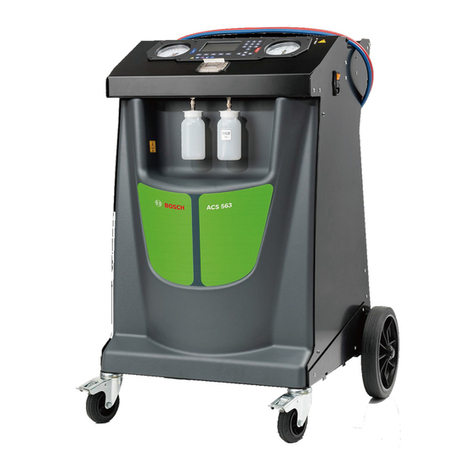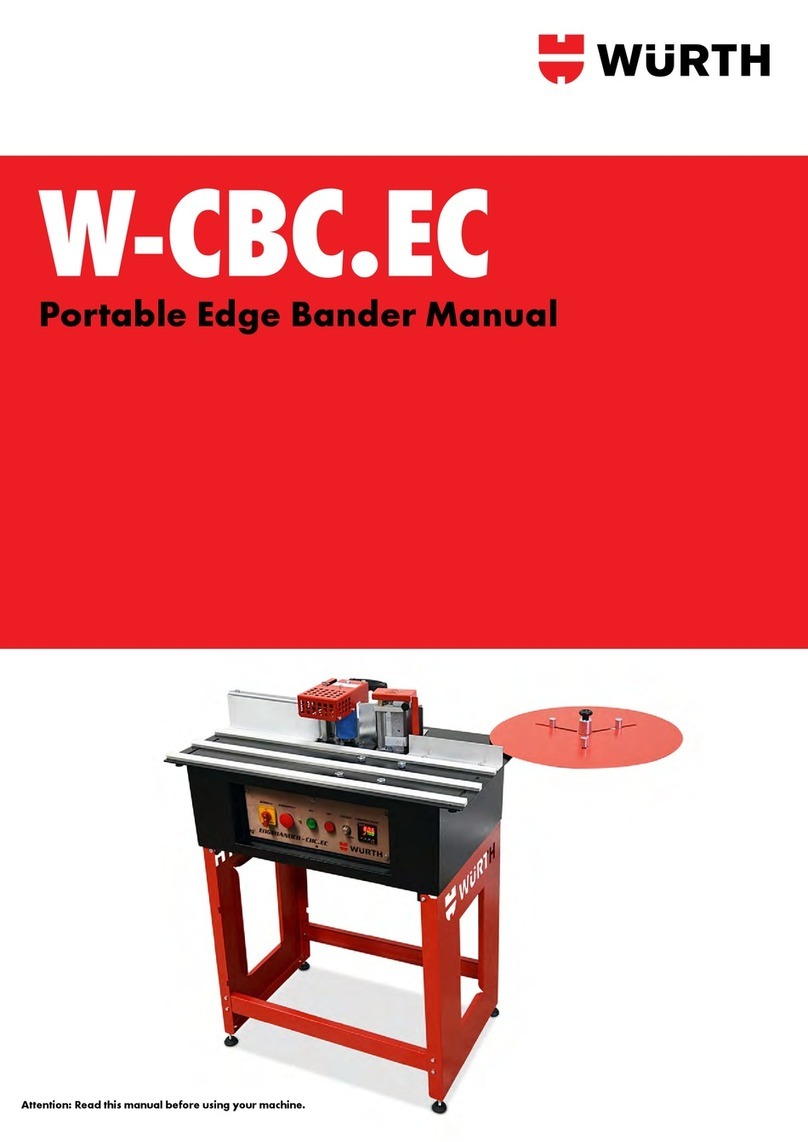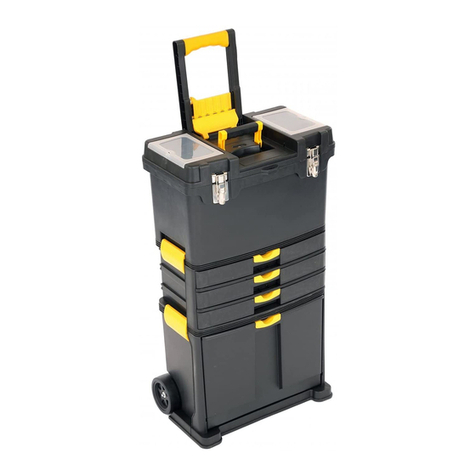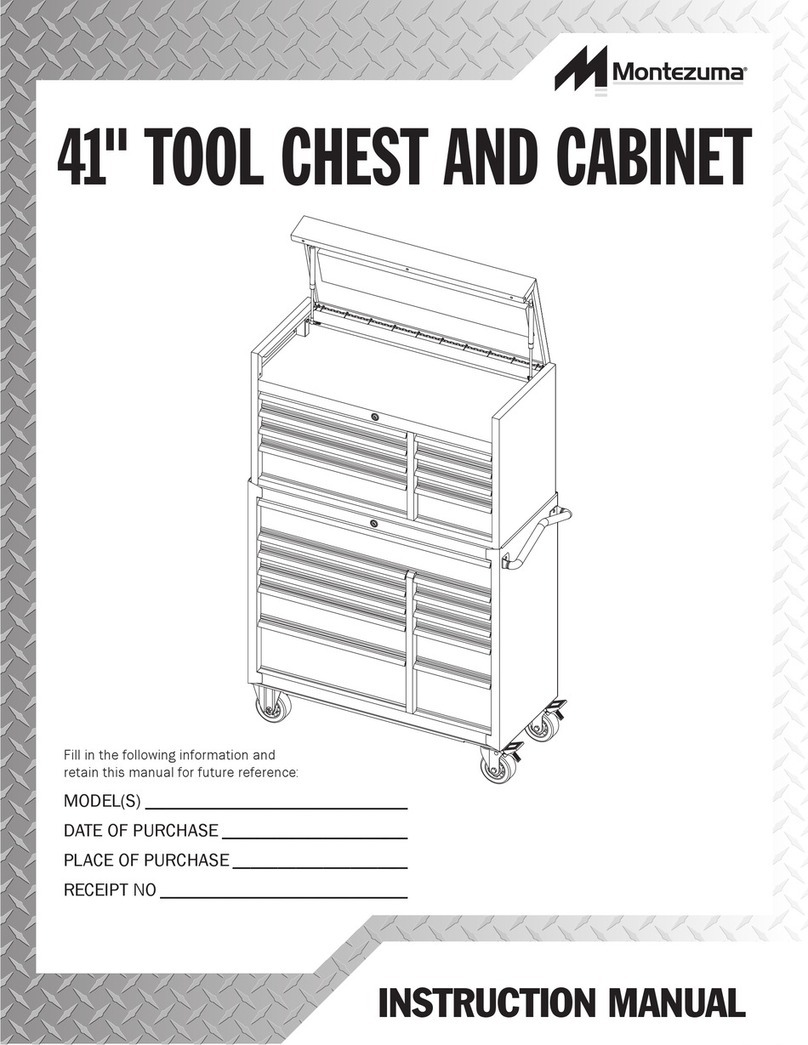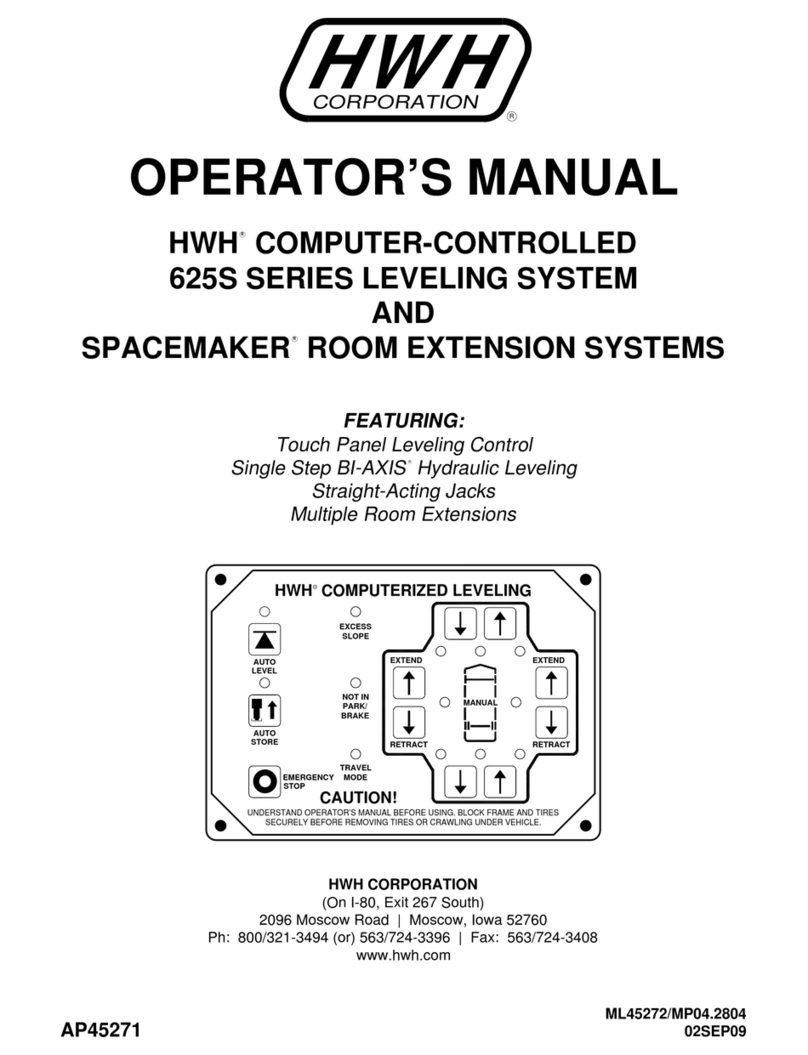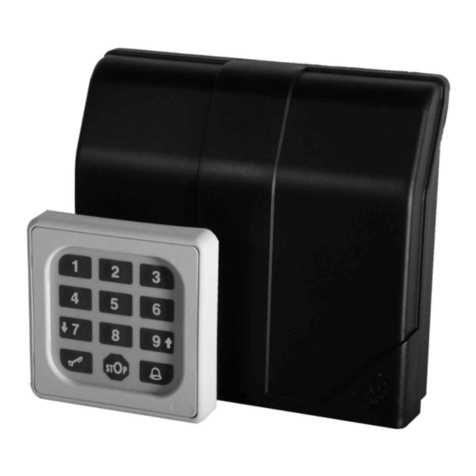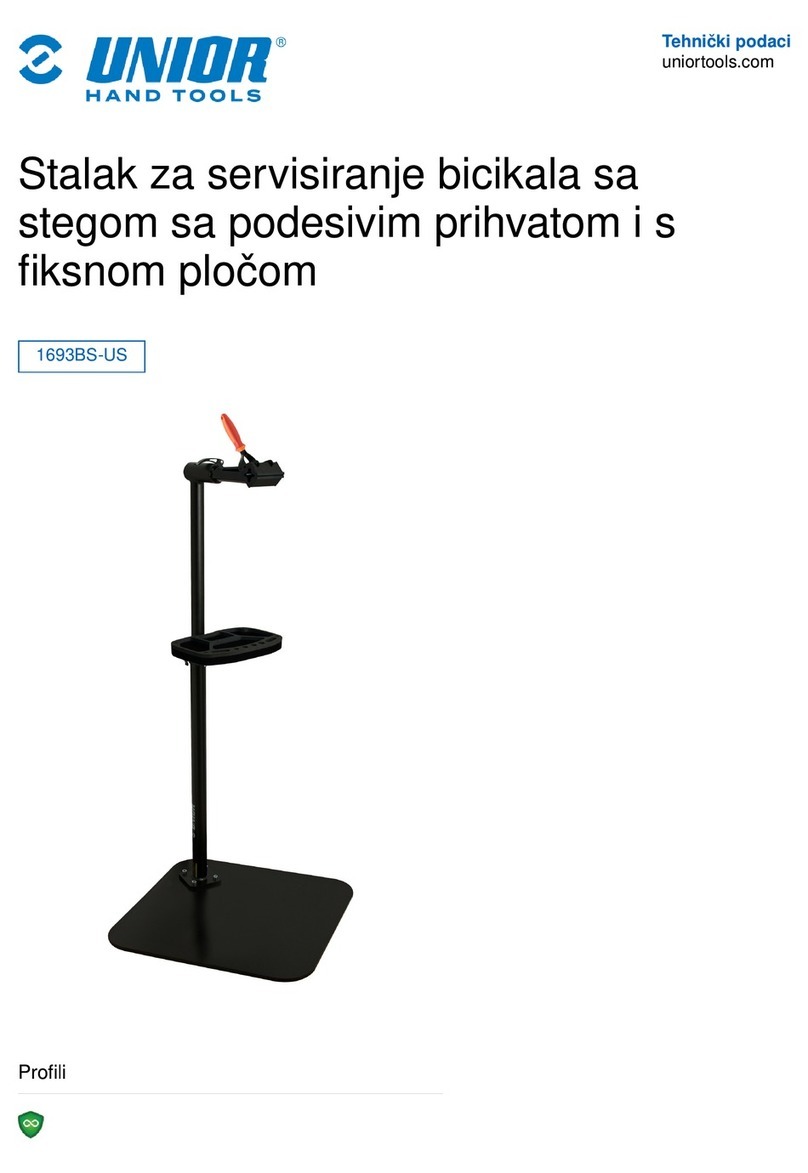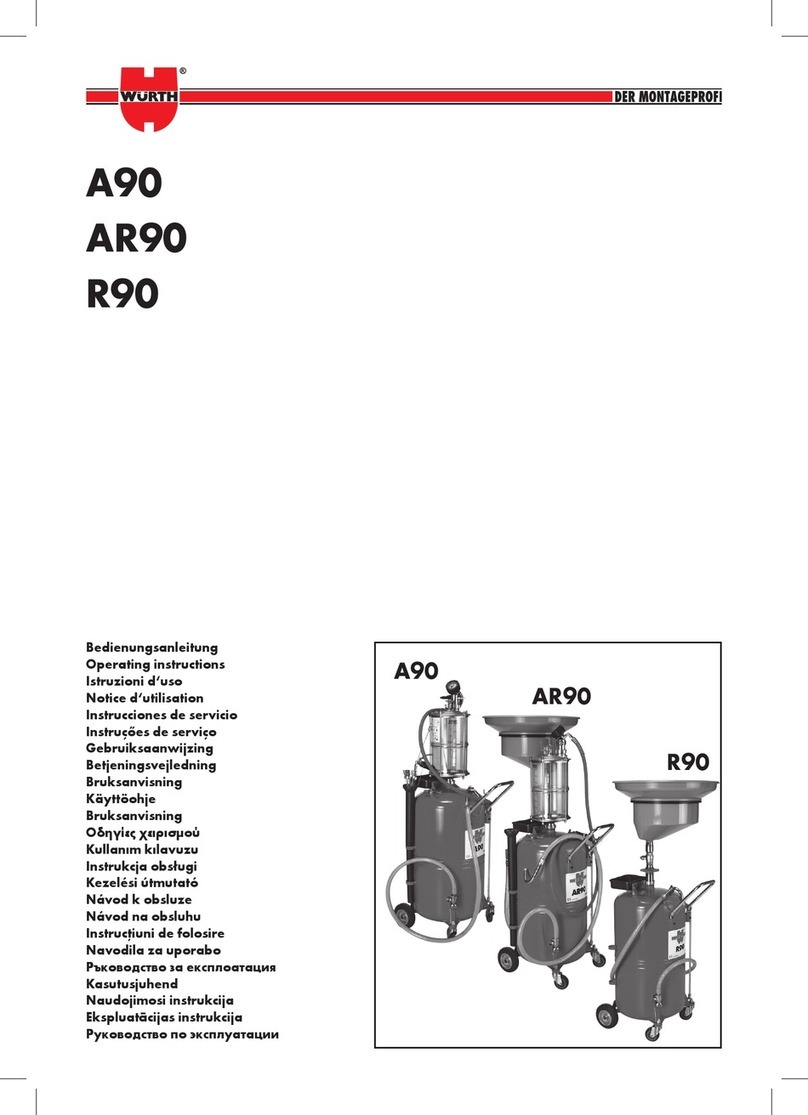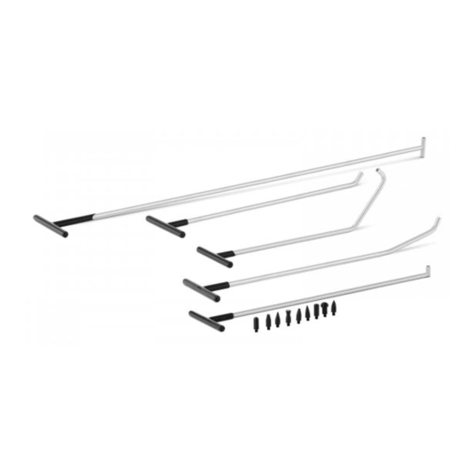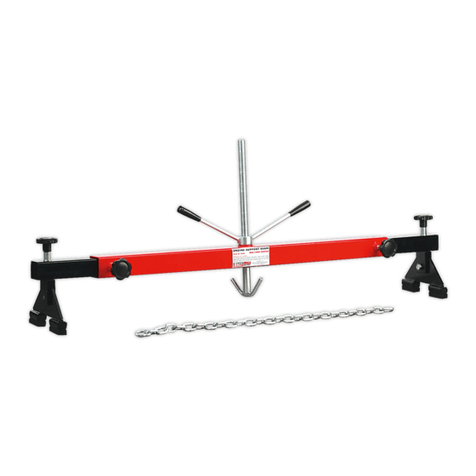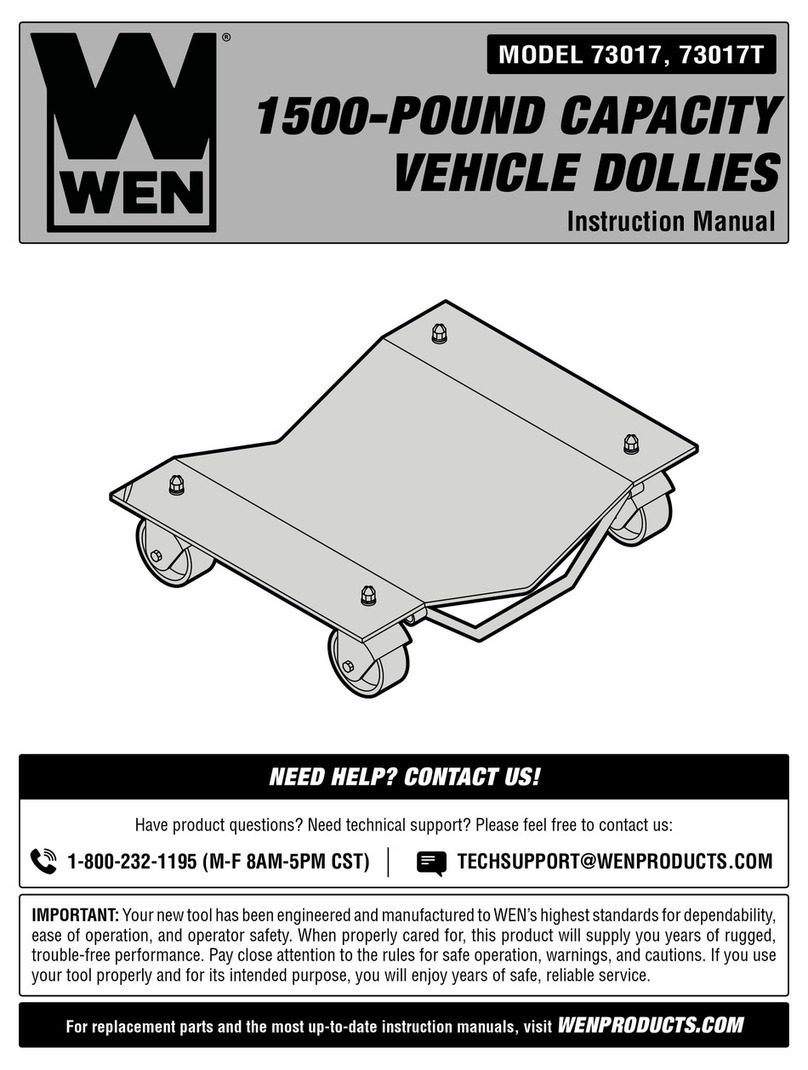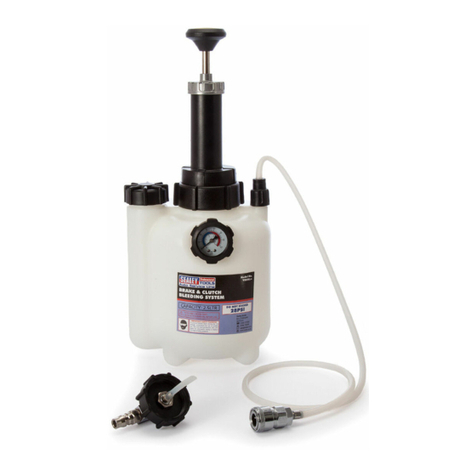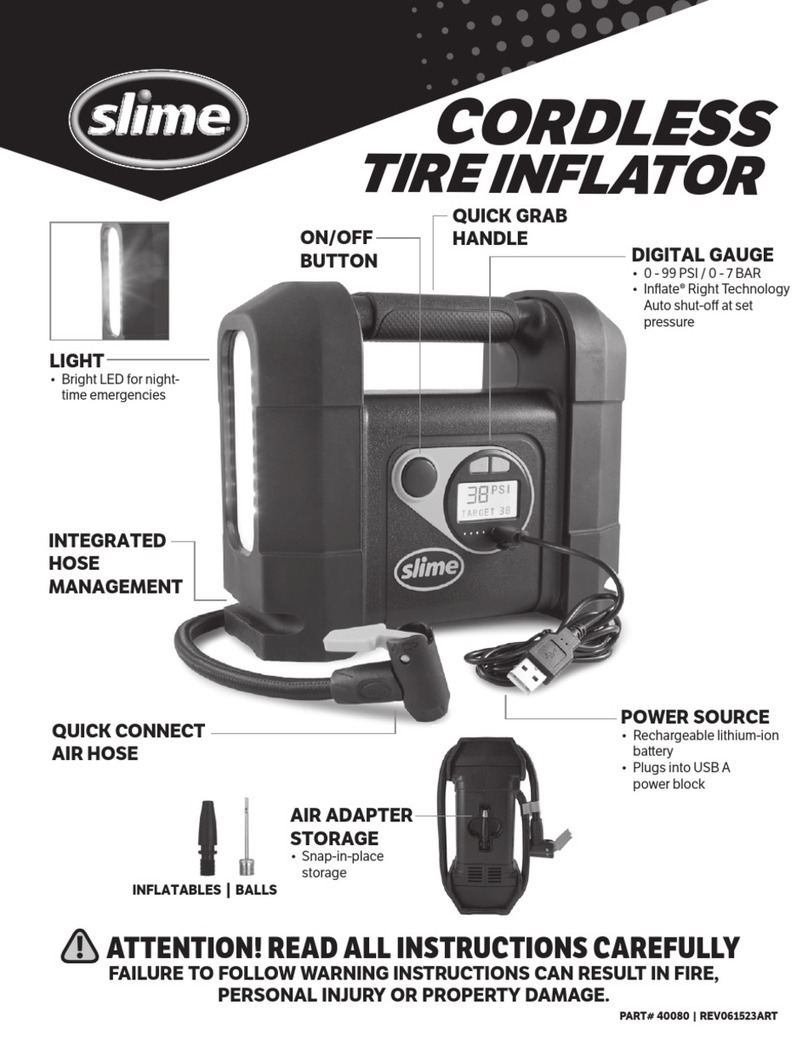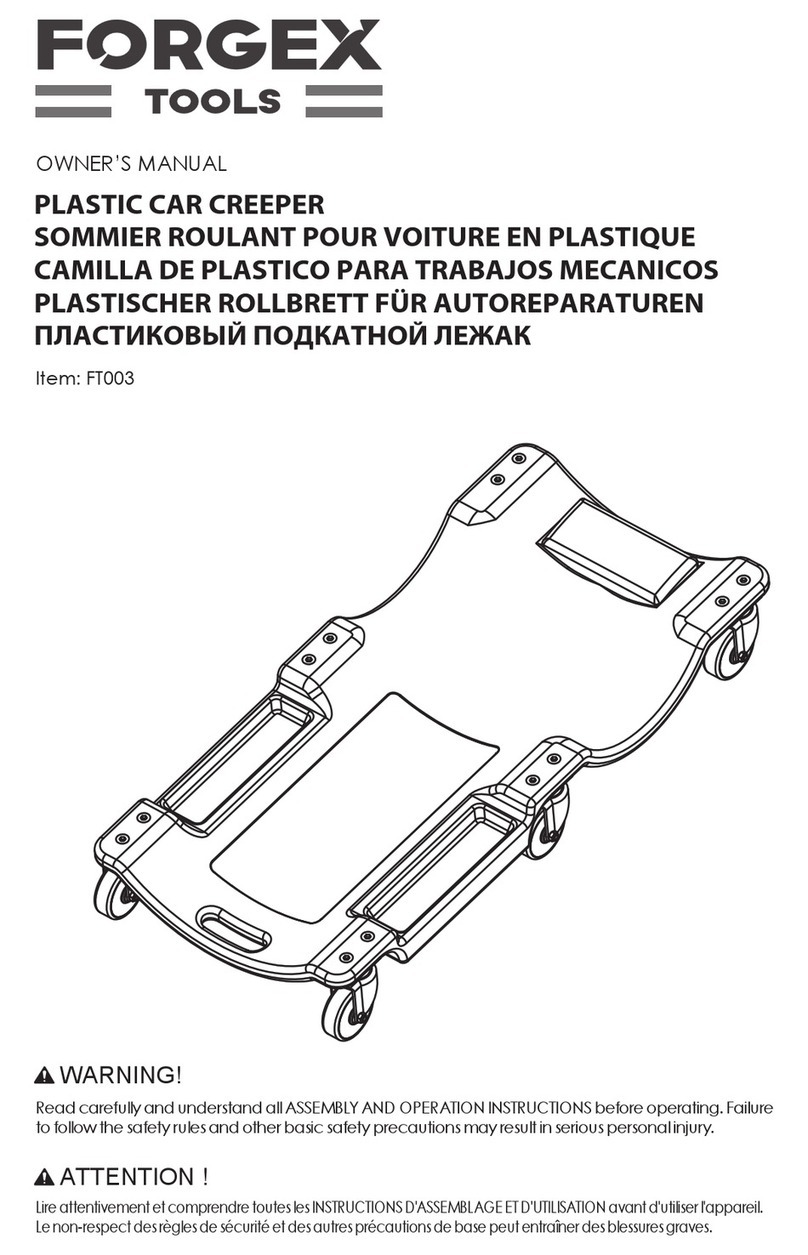Bosch TPA 300 User manual

USER GUIDE
TPA 300
Version BTPA1-7-1949
Reference: UM-BTPA1-6

REVISION OF THE TPA 300 GUIDE
Due to continuing improvements, the information contained in this user manual, the features and design of
this device are subject to be changed without prior notice.
Edition/
Revision
Reference
Date
(week/year)
Chapters updated
First edition
UM-BTPA1-7
07/2020
Firmware version BTPA1-7-1949.13.

TPA 300 user guide
UM-BTPA1-6 1/54 User guide BOSCH TPA 300
TABLE OF CONTENTS
TPA 300 INTRODUCTION ..............................................................................................2
1. SPECIFICATIONS ...............................................................................................................................2
2. IMPORTANT SAFETY INSTRUCTIONS.............................................................................................3
3. CAUTION .............................................................................................................................................4
4. TPA 300 OVERVIEW...........................................................................................................................5
5. FUNCTION KEYS ................................................................................................................................5
6. HEADER ICONS..................................................................................................................................6
7. BOTTOM ICONS..................................................................................................................................6
8. POWER ON..........................................................................................................................................6
9. OPERATING INSTRUCTIONS ............................................................................................................7
TPA 300 USAGE IN STANDALONE MODE....................................................................9
1. CHECK TPMS SENSORS...................................................................................................................9
2. PROGRAM TPMS SENSORS .......................................................................................................... 15
3. RECENT VEHICLE........................................................................................................................... 22
4. KEYFOB TEST ................................................................................................................................. 25
5. SETTINGS......................................................................................................................................... 27
TPA 300 USAGE WITH BOSCH SCAN TOOL..............................................................34
1. BLUETOOTH PAIRING .................................................................................................................... 34
2. OBDII RELEARN .............................................................................................................................. 37
MISCELLANEOUS ........................................................................................................40
1. CHARGE........................................................................................................................................... 40
2. TOOL UPDATE................................................................................................................................. 41
3. PRINT SENSOR DETAILS............................................................................................................... 47
4. LIMITED WARRANTY / CERTIFICATE(S) ...................................................................................... 48
5. SOFTWARE PRODUCT LICENSE AGREEMENT .......................................................................... 48
6. SAFETY BATTERY AND CHARGE INFORMATION ...................................................................... 51
7. FEDERAL COMMUNICATION COMMISSION INTERFERENCE STATEMENT............................ 53
8. INDUSTRY CANADA STATEMENT ................................................................................................ 53
9. RECYCLING...................................................................................................................................... 54
INDEX............................................................................................................................55

TPA 300 user guide
UM-BTPA1-6 2/54 User guide BOSCH TPA 300
TPA 300 INTRODUCTION
1. SPECIFICATIONS
Battery Type:
3.000 mAh rechargeable lithium-polymer battery.
Battery Life:
Approximately 300 activations per full charge.
Dimensions (Max. L,W,D):
178.9 mm x 99.7 mm x 35.8 mm (7.04”x 3.92”x 1.40”).
Case Material:
High Impact ABS.
Response Frequency:
Main frequencies: 315 MHz and 433.92 MHz.
Low Battery Indication:
LCD bar graph display.
Weight:
Approx. 328 grams (0.72 lbs.)
Temperatures:
Operating: -4° F to 131° F (-20° C to +55° C).
Storage: -40° F to 140° F (-40° C to +60° C).
Operating Altitude:
Up to 6560 ft (2000 m)
Screen:
2.8”display
Warranty:
1 year
Product content:
➢TPA 300 Tool
➢QuickStart Guide
➢Universal charger
➢USB-B cable
➢USB key with User Manual
➢Carrying case

TPA 300 user guide
UM-BTPA1-6 3/54 User guide BOSCH TPA 300
2. IMPORTANT SAFETY INSTRUCTIONS
Do not discard. Retain for future reference.
This device complies with Part 15 of the FCC Rules
Operation is subject to the following two conditions:
(1) This device will not cause harmful interference, and
(2) This device will accept any interference received, including interference that may
cause undesired or improper operation.
WARNING: This product emits electromagnetic and electronically
generated waves that may interfere with the safe operation of
pacemakers.
Individuals that have pacemakers should never use this product.
WARNING:
Do not use on live electrical circuits.
Must read instructions before use.
Wear safety goggles. (User and bystanders).
Risk of entanglement.
Read the Warranty, Safety and Recycling information at the end of this user guide.

TPA 300 user guide
UM-BTPA1-6 4/54 User guide BOSCH TPA 300
3. CAUTION
READ THESE INSTRUCTIONS BEFORE USING
Your Tire Pressure Monitoring (TPM) tool has been designed to be durable, safe, and
reliable when properly used.
All TPMS TOOLS are intended to be used only by qualified and trained automotive
technicians or a in light industrial repair shop environment. Please read all instructions
below before using. Always follow these safety instructions. If you have any questions
pertaining to the safe or reliability use of this tool, please call your local dealer.
Vehicle specific information in this manual is used as an example and may not
represent specific instructions each make and model may require. When performing
various functions with the tool, it is important to refer to the on-screen prompts
and/or repair manual information.
1. Read All Instructions
All warnings on the tool and in this manual should be adhered to. All operating instructions
should be followed.
2. Retain Instructions
The safety and operating instructions should be retained for future reference.
3. Heed Warnings
User and bystanders must wear safety goggles and must read instructions before use. Do
not use on live electrical circuits, risk of entanglement.
4. Cleaning
Clean with a soft dry cloth, or if necessary, a soft damp cloth. Do not use any harsh
chemical solvents such as acetone, thinner, brake cleaner, alcohol, etc as this may
damage the plastic surface.
5. Water & Moisture
Do not use this tool where contact or immersion in water is a possibility. Never spill liquid
of any kind onto the tool.
6. Storage
Do not use or store the tool in an area where it is exposed to direct sunlight or excessive
moisture.
7. Use
To reduce the risk of fire, do not operate the tool in the vicinity of open containers or
flammable liquids. Do not use if the potential for explosive gas or vapors exists. Keep the
tool away from heat generating sources. Do not operate the tool with the battery cover
removed.

TPA 300 user guide
UM-BTPA1-6 5/54 User guide BOSCH TPA 300
4. TPA 300 OVERVIEW
5. FUNCTION KEYS
Power ON /OFF switch
Test or trigger sensor.
Next, continue or confirm.
Cancel, previous step.
Navigate to select "up”.
Navigate to select “down”.
Navigate to select “left”.
Navigate to select “right”.

TPA 300 user guide
UM-BTPA1-6 6/54 User guide BOSCH TPA 300
6. HEADER ICONS
The tool is connected to PC via USB cable.
The tool is connected via Bluetooth to the BOSCH scan tool.
The tool is connected to the optional OBDII module.
SD card is inserted.
Battery status.
7. BOTTOM ICONS
Selecting this icon will take you to the Main Menu.
Selecting this icon will delete the sensor data displayed.
Selecting this icon will allow the user to input the job information.
Selecting this icon will jump to the Program Sensor function.
Selecting this icon will jump to the Key Fob test function.
8. POWER ON
Press the key to turn on the TPMS TOOL.
To power off the tool, press and the key for about 3 seconds

TPA 300 user guide
UM-BTPA1-6 7/54 User guide BOSCH TPA 300
9. OPERATING INSTRUCTIONS
9.1. TPA300 OVERVIEW
The Bosch TPA 300 offers the versatility to work in conjunction with a Bosch scan tool or as a
stand-alone TPMS tool, depending of the task you want to achieve.
Stand-alone mode can be used to read, program and copy TPMS sensors, test RKE, save and
retrieve jobs, and setup the tool.
Connect to scan tool mode offers the ability to connect wirelessly to a Bosch scan tool and to
register the TPMS sensors IDs into the vehicle ECU.
9.2. SERVICE PROCEDURE
Section 1 - Read Sensor Test
Before servicing the tires/wheels, using your TPMS TOOL, trigger each of the vehicle's sensors to
make sure they are working properly. You can either use the standalone or the connect to scan
tool mode to select the make, model, and year of your vehicle.
1 Start FL
4 End RL
FR 2
RR 3
I- Select the Make, Model,
Year of the vehicle.
II - Hold the tool facing the tire flank
near the valve.
III - Read all the sensors
starting from front left.
This will eliminate the liability associated with replacing previously damaged or defective sensors.
This procedure will not change the vehicle settings because the vehicle has yet to be put into learn
mode. This procedure allows you to quickly identify damaged or defective sensors, because some
vehicles do not report a damaged or defective sensor condition on the instrument cluster for up to
20 minutes.
Note: With some vehicles, if the vehicle is in “learn mode” the vehicle will also confirm that the
TPM sensor has communicated to the ECU with a series of horn beeps.
Note: If the sensors do not trigger, please refer to the Troubleshooting section of this Guide.
For vehicles that require relearn procedure, please see Section 2.

TPA 300 user guide
UM-BTPA1-6 8/54 User guide BOSCH TPA 300
Section 2 –Relearn TPMS system
After selecting the Make-Model-Year of the vehicle, the tool systematically displays which relearn
procedure is required for that particular vehicle: automatic, manual or OBDII relearning procedure.
For manual and OBDII relearn procedures, follow the instructions displayed on the tool screen. For
vehicles with an automatic relearn procedure, where the TPMS system is automatically reset when
driving the car, it is recommended to trigger each wheel sensor one final time, to make sure they
are in correct working order.
An OBDII relearn requires the use of a Bosch scan tool paired with the TPA 300. Follow the
dedicated section in this user manual to do the pairing procedure for the first time. When the two
tools are already paired you have to use the “Connect to scan tool”mode from the TPA 300 main
menu. All the other steps –except the sensor reading –are made directly from the Bosch scan
tool.
I- Put the TPA 300 into “Connect to
scan tool”mode.
II - Select the make, model, year of the
vehicle from the scan tool menu.
III - With the TPA 300, read all the
sensors starting from front left.
IV - Follow the scan tool on-screen procedure to
register the sensors IDs into the vehicle’s ECU.

TPA 300 user guide
UM-BTPA1-6 9/54 User guide BOSCH TPA 300
TPA 300 USAGE IN STANDALONE MODE
IMPORTANT:
TPA 300 Standalone mode is used to read, program and copy TPMS sensors, test
RKE, save and read recorded jobs, and setup the tool. If you need to register the
TPMS sensor IDs into the vehicle ECU you must use the TPA 300 Connect to scan
tool mode. See this user manual dedicated section to learn how to operate this
mode.
SELECT STANDALONE MODE
= Continue
1. CHECK TPMS SENSORS
This mode is to trigger all the TPMS sensors on the vehicle.
Warning! For best sensor triggering, hold the tool
against the tire sidewall right above the sensor.
1.1. SELECT CAR MANUFACTURER
= Continue
= Previous

TPA 300 user guide
UM-BTPA1-6 10/54 User guide BOSCH TPA 300
1.2. SELECT VEHICLE MODEL
= Continue
= Previous
1.3. SELECT YEAR
= Continue
= Previous
1.4. READ RELEARN PROCEDURE
Depending of the selected make/model/year vehicle, the tool informs you which relearn
procedure is required: automatic, manual or OBDII relearning procedure. Read, and keep
in mind the complete procedure, then press Continue when ready.
= Continue
= Previous

TPA 300 user guide
UM-BTPA1-6 11/54 User guide BOSCH TPA 300
1.5. SELECT NUMBER OF WHEELS
On some vehicles, the tool will ask you to confirm the number of wheels fitted with TPMS
sensors.
= Continue
= Previous
1.6. TEST SENSORS
The tool is now
ready to trigger
sensors.
= To trig
sensor
Start by reading the
Left Front sensor.
Left Front
Please
wait during
the
triggering
process.

TPA 300 user guide
UM-BTPA1-6 12/54 User guide BOSCH TPA 300
The first sensor has
been read
successfully.
In this case, the tool
will automatically
jump to the next
wheel to read.
= To scroll
wheels if
needed
Right Front
Right Rear
Left Rear
= To exit
and record
the job.
When all sensors have been read, you can jump directly to other functions with the icon
bar located at the very bottom of the screen.
Go to the Main Menu after recording the data displayed.
Input the client detail information.
Delete the sensor data displayed.
Jump to the Program Sensor function.
Jump to the Key Fob test function.

TPA 300 user guide
UM-BTPA1-6 13/54 User guide BOSCH TPA 300
1.7. SENSOR READING PROBLEMS
If you encounter problems reading sensors, please use the troubleshooting guide below.
= Trigger sensor
The tool has not detected a sensor. Try again.
= change
selected
wheel
TPMS sensor reading problems –Troubleshooting guide
1) The vehicle has no TPMS sensors even if a metal stem is present. For example,
Schrader valves can look the same as TPMS valves.
➔Check for the presence of TPMS sensors on the vehicle. You can also use your
TPMS tool to check the type of TPMS valve (direct or indirect) mounted on your
vehicle. Caution, indirect TPMS systems operate without sensors mounted in
the tires.
➔If the vehicle you are checking was not originally fitted with TPMS sensors,
your tool will tell you clearly through the message "Indirect TPMS".
2) The TPMS sensor or ECU (TPMS computing unit) may be damaged or defective.
➔Check all these elements separately in order to eliminate the possible origin of
the problem.
3) The TPMS sensor only responds to a certain frequency.
➔Check the communication frequency of the vehicle's TPMS sensors. This is
generally 433 MHz for Europe and 315 MHz for the United States and Japan.
Make sure the vehicle is not a vehicle imported from another region since it may
be set to a different frequency.

TPA 300 user guide
UM-BTPA1-6 14/54 User guide BOSCH TPA 300
4) The TPMS sensor mounted in the tire is not the correct reference.
➔Each vehicle model –each version even –can be fitted with a different make
and model of TPMS sensor. Make sure that the vehicle is fitted with the correct
TPMS sensor P/N.
5) Your TPMS tool may require a software update.
➔If all the previous points check out, you may have a vehicle that is not yet in the
TPMS tool's database. In this case simply update your device using the TPMS
Tool PC software. Refer to the dedicated section of this user manual for this.
6) Your TPMS tool is damaged or defective.
➔If all the previous points check out, your TPMS tool may be damaged or
defective. In this case, contact your local dealer.

TPA 300 user guide
UM-BTPA1-6 15/54 User guide BOSCH TPA 300
2. PROGRAM TPMS SENSORS
The TPA 300 works with most known aftermarket universal programmable sensors, with
the options to create the new sensor IDs and/or duplicate sensor ID(s) from original
sensor(s).
To access the program sensor function, you must start by selecting the Make/Model/Year
of the targeted vehicle.
Go to the program sensor icon located at the very bottom of the trigger screen (car
view when reading TPMS sensors) to open the Program Sensor function.
= Continue
= Previous
Scroll up and down
to select the
programmable
sensor brand.
= Continue
= Previous
Note: Following your options, some above brands in the example may change.
Depending on the sensor selected, you may have to choose a sensor model.
Select a
programmable
sensor model.
= Continue
= Previous

TPA 300 user guide
UM-BTPA1-6 16/54 User guide BOSCH TPA 300
The available
sensors are
displayed, select the
one you are using.
= Continue
= Previous
2.1. CREATE SENSOR
This section is to create a Make / Model / Year specific sensor if the "old" sensor can't be
cloned. The new sensor ID(s) are generated by the tool, and may not be the same as the
original one. A TPMS reset is required when replacing new sensors. See section 2.
Scroll Right and left
to select the
CREATE option.
= Continue
= Previous
Position the sensor
in front of the tool
antenna to send ID
to the blank sensor.
= Program
= Previous
Wait a few seconds
during the
programming
process.

TPA 300 user guide
UM-BTPA1-6 17/54 User guide BOSCH TPA 300
The tool confirms
the new sensor ID is
successfully
created.
= Continue
The tool is now
ready to create
another new sensor
(if applicable).
= To
program a
new
sensor
= To abort
and go
home
Programming Issue
In case of an ID
transfer issue, the
following message
will appear, try
again.
= Start
again
= Previous

TPA 300 user guide
UM-BTPA1-6 18/54 User guide BOSCH TPA 300
2.2. COPY SENSOR
This section is to recover a sensor ID if the "old" sensor can be cloned.
Scroll Right and left
to select the COPY
option.
= Continue
= Previous
Position the old
sensor to copy in
front of the tool
antenna.
To read
the sensor.
The tool will read
the old sensor,
please wait a few
seconds.
After a short period
the sensor data is
displayed.
= Continue
= Previous
Position the blank
sensor in front of the
tool antenna to send
the existing ID to the
new sensor.
= To
program
the new
sensor
= To abort
and go
home
Other manuals for TPA 300
3
Table of contents
Other Bosch Service Equipment manuals
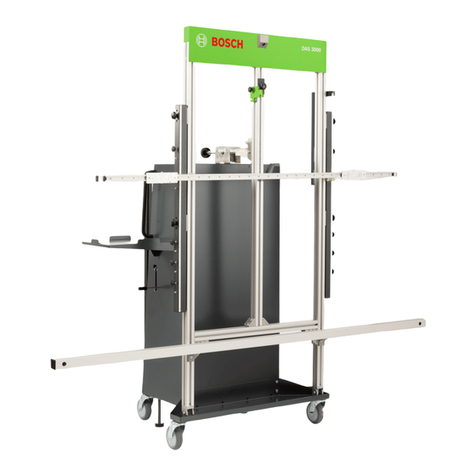
Bosch
Bosch DAS 3000 User manual
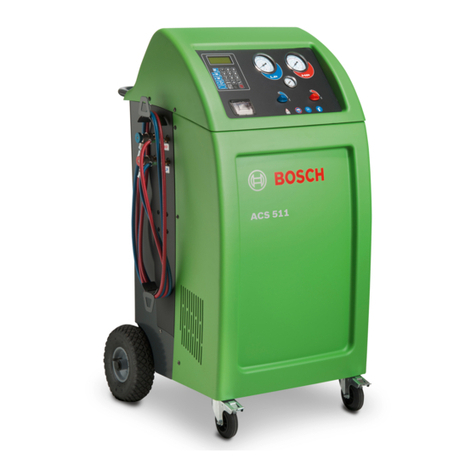
Bosch
Bosch ACS 511 Setup guide
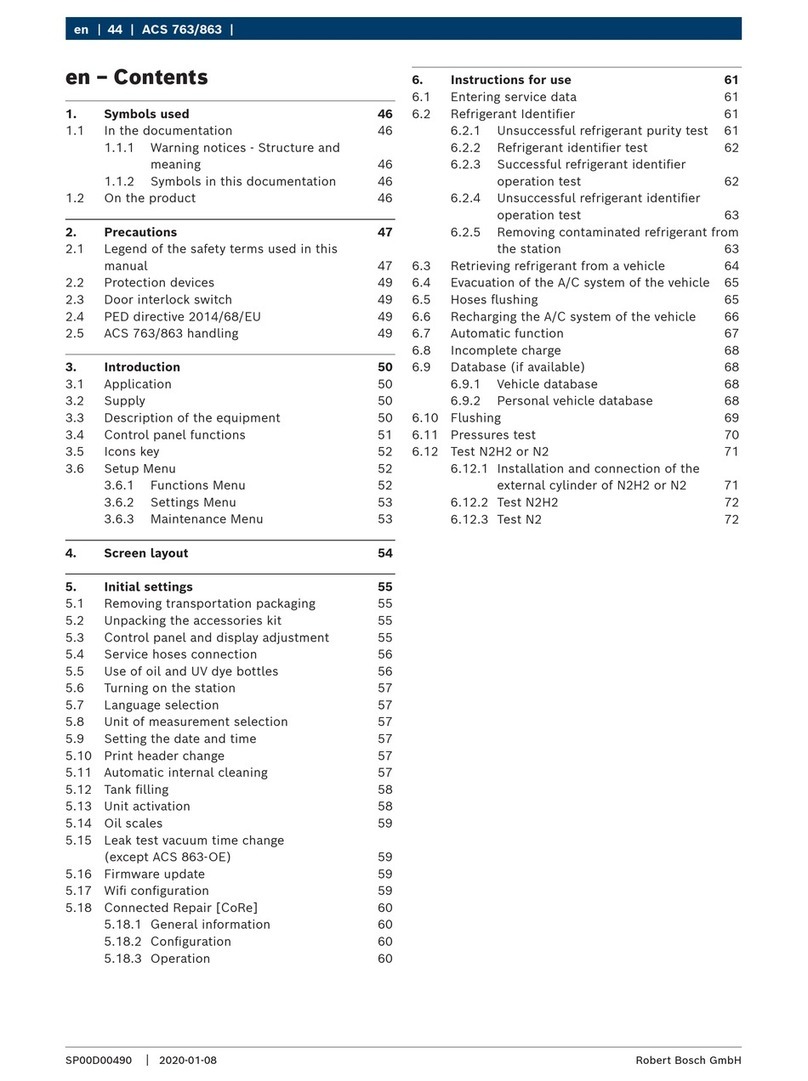
Bosch
Bosch ACS 763 User manual
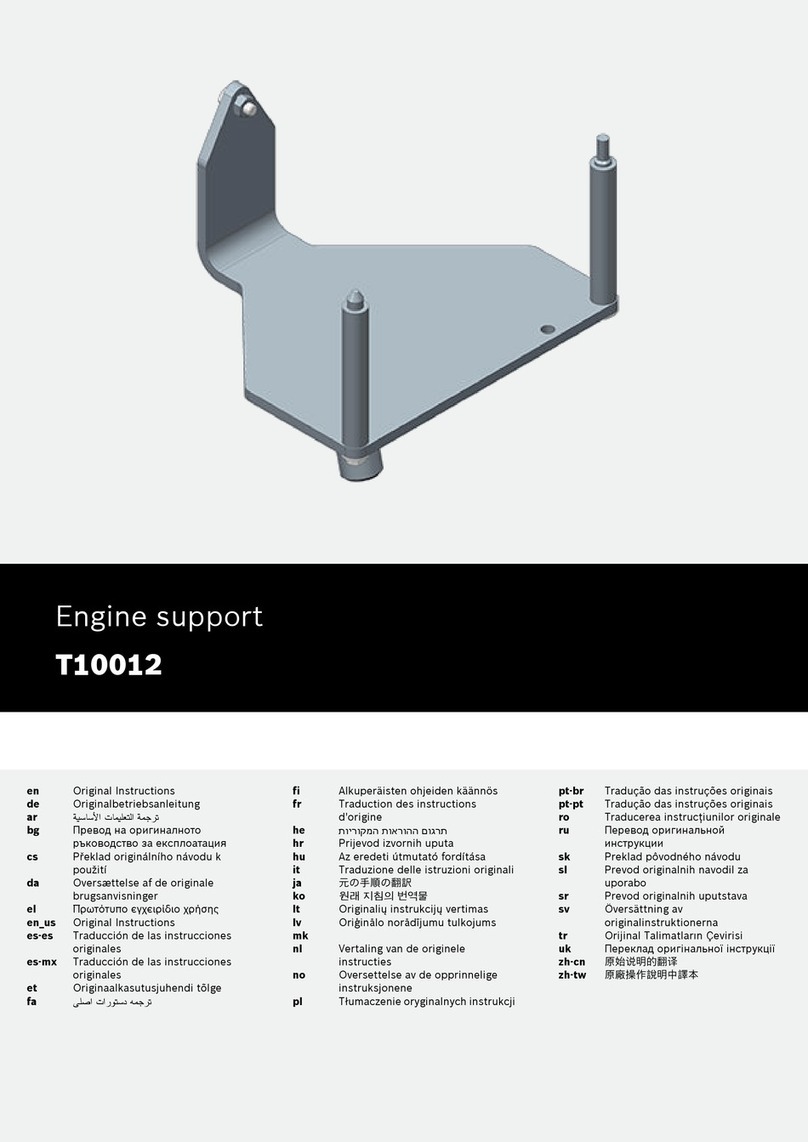
Bosch
Bosch T10012 User manual
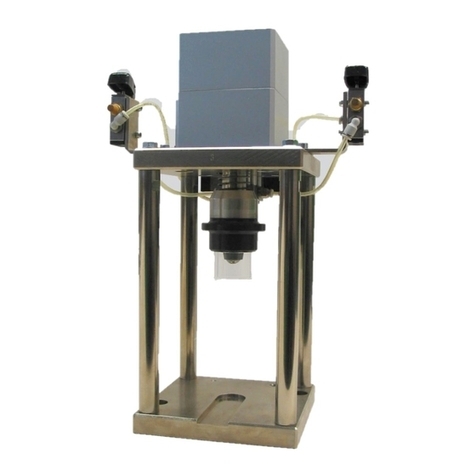
Bosch
Bosch CRR 130 User manual

Bosch
Bosch ACS 652 Setup guide

Bosch
Bosch ACS 651 User manual
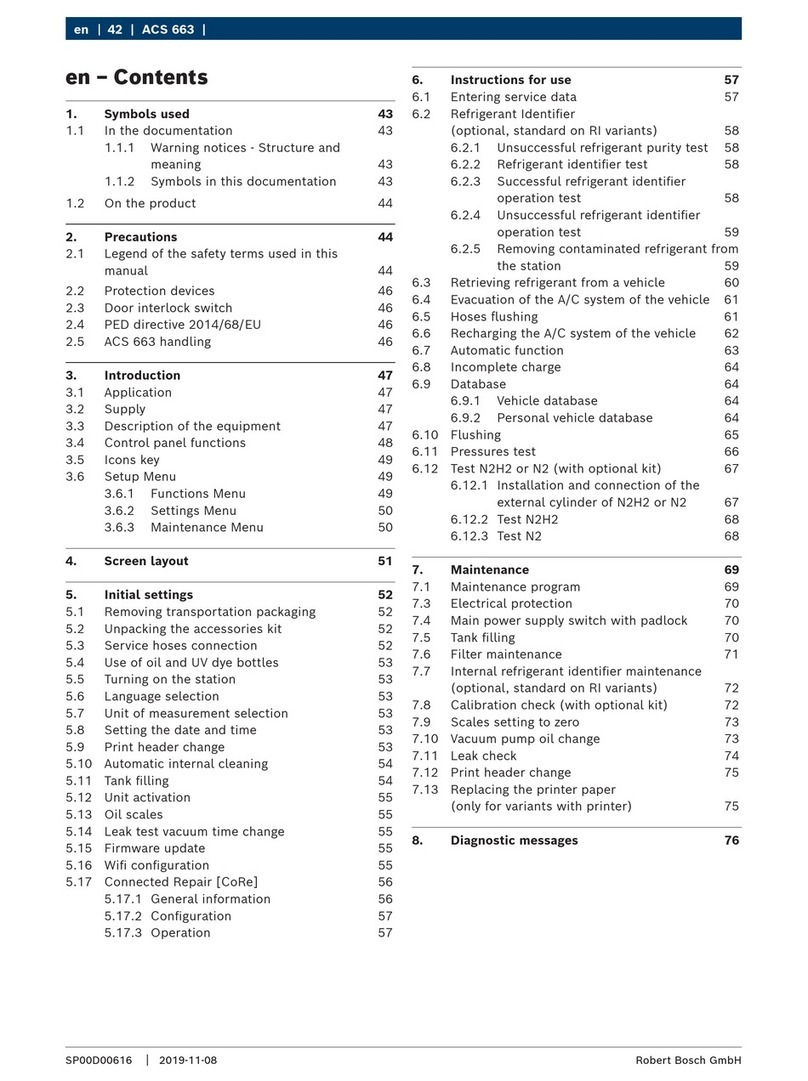
Bosch
Bosch ACS 663 User manual

Bosch
Bosch DAS 3000 Setup guide
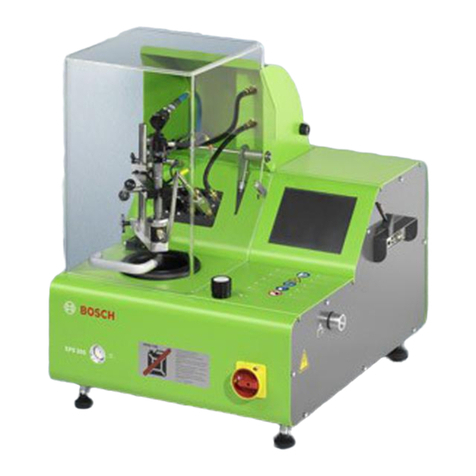
Bosch
Bosch 1 687 010 393 User manual

Bosch
Bosch SCT 815 User manual
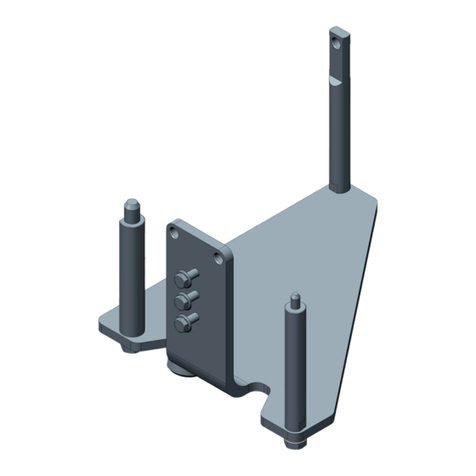
Bosch
Bosch T10483 User manual
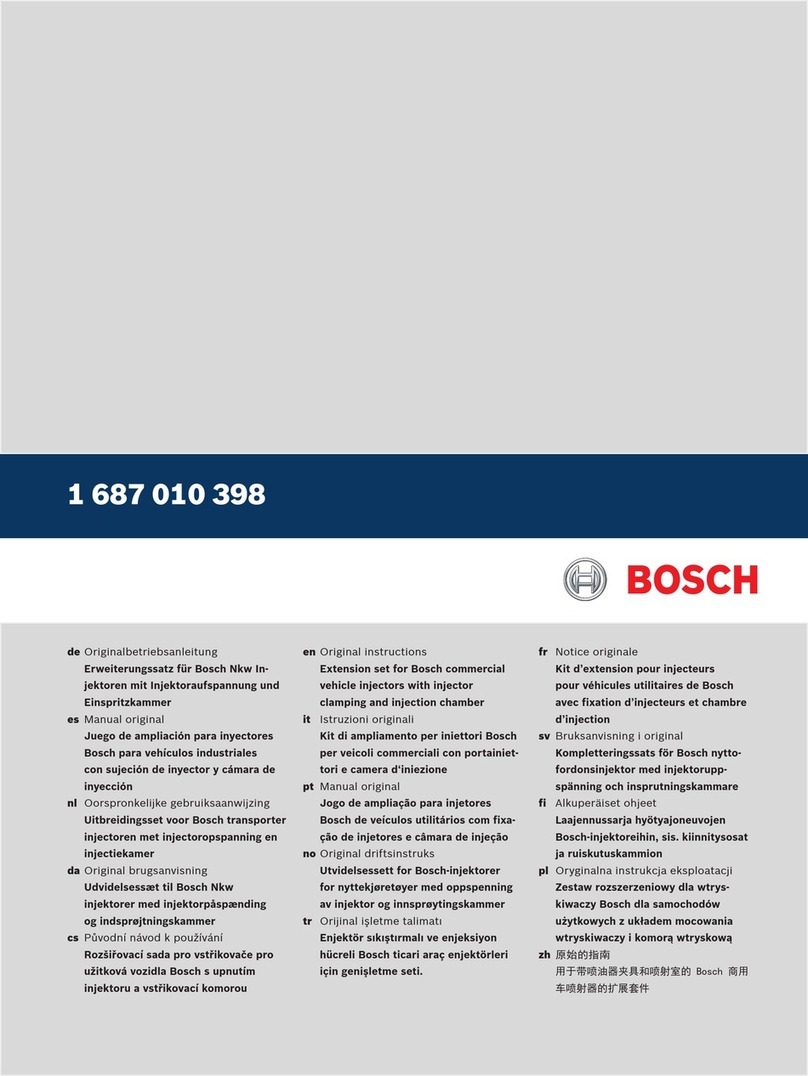
Bosch
Bosch 1 687 010 398 User manual
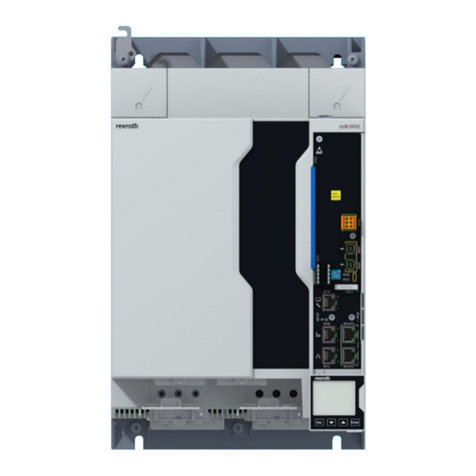
Bosch
Bosch rexroth ctrlX SAFETY SafeMotion Instructions for use

Bosch
Bosch ACS 251 User manual

Bosch
Bosch ACS 810 Setup guide
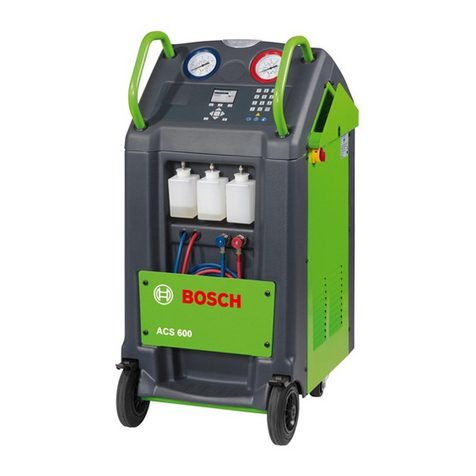
Bosch
Bosch ACS 600 User manual

Bosch
Bosch SCT 141 Series User manual
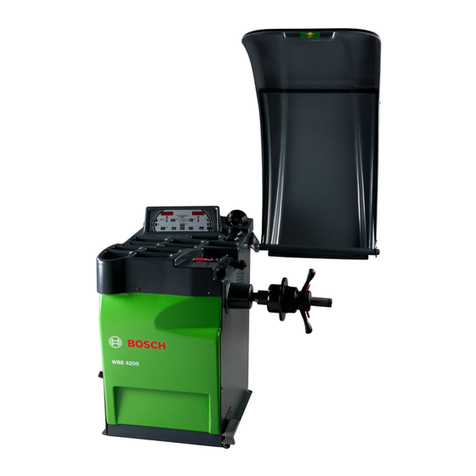
Bosch
Bosch WBE 4200 Setup guide

Bosch
Bosch T40075A User manual
